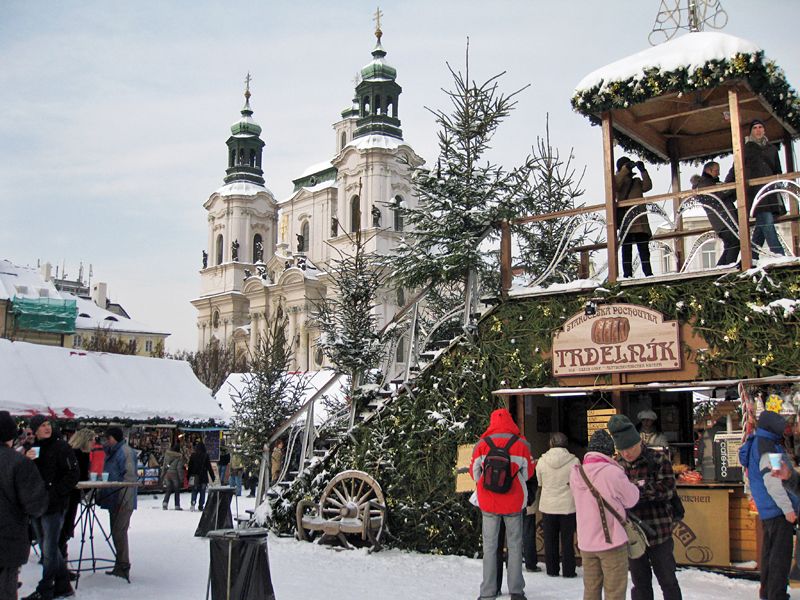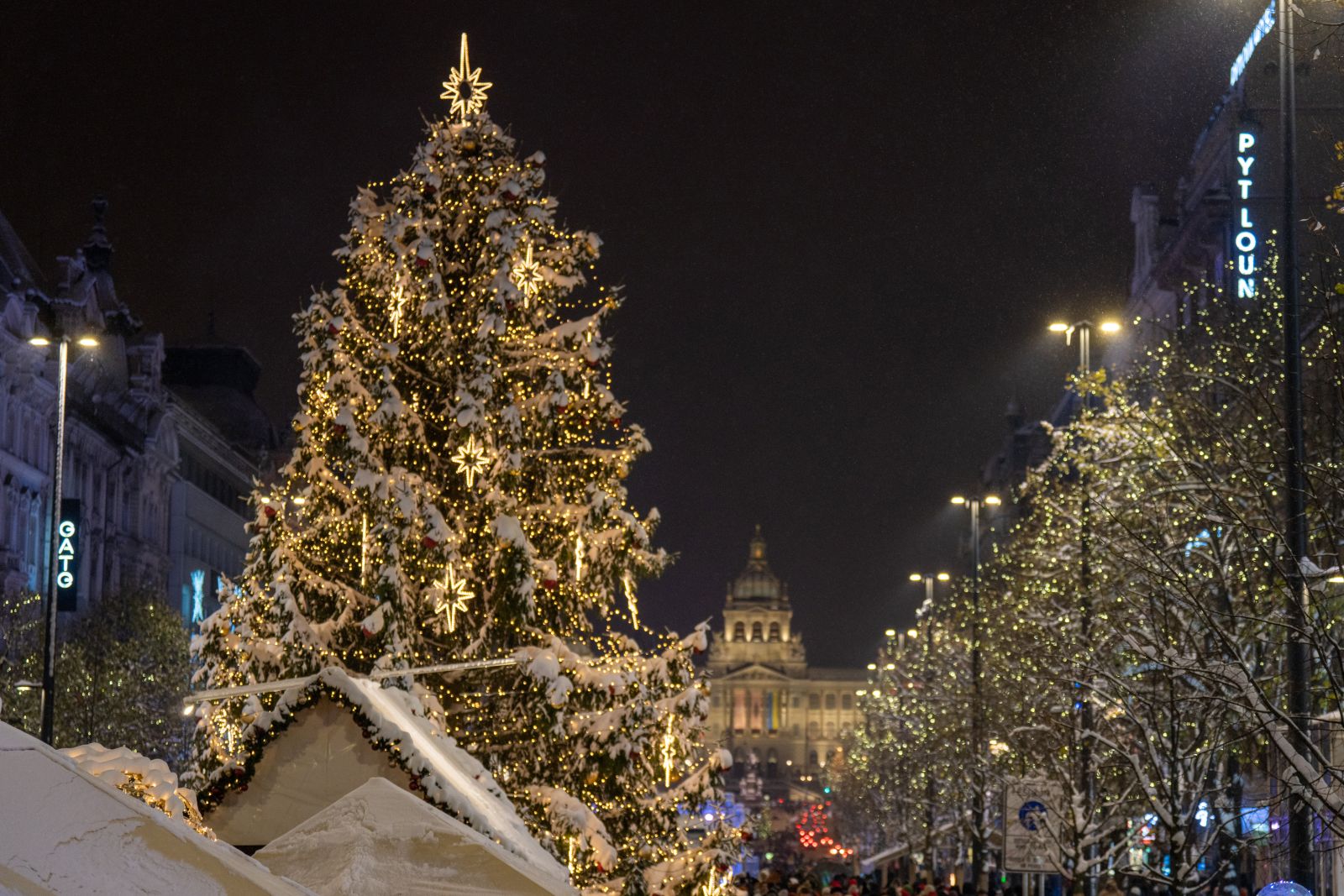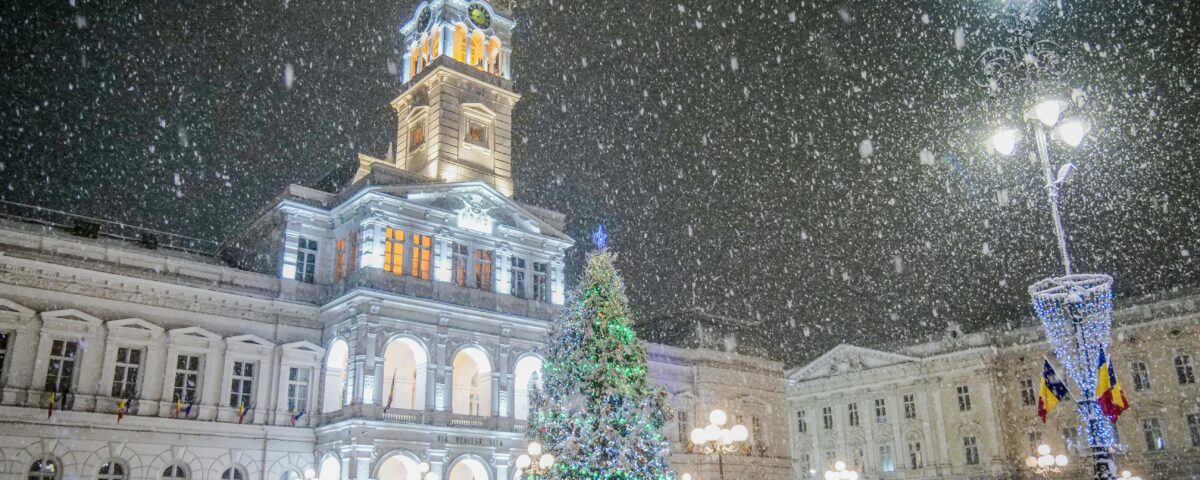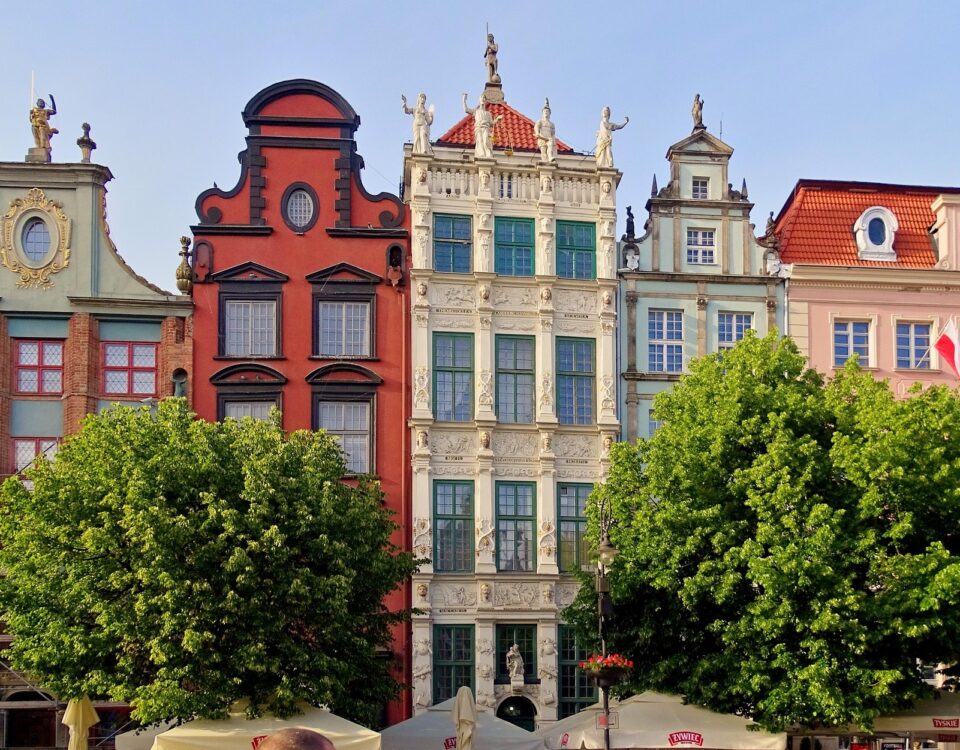
10 Incredible Eastern European Festivals You Can’t Miss
2025-11-07
Famous Spring Festivals Across Eastern Europe: Top 10 Spring Festivals in Eastern Europe
2025-11-10Christmas Festivals and Markets in Eastern Europe: A Magical Experience of Tradition and Culture
Christmas in Eastern Europe is more than a religious holiday — it’s a blend of history, culture, and heartfelt traditions that warm the soul in the cold of winter.
Unlike the commercialized markets of Western Europe, Eastern European Christmas fairs retain a cozy, local charm filled with the scent of cinnamon, mulled wine, and roasted nuts.
Each city, from Prague to Bucharest, celebrates in its own unique way — with regional food, handmade crafts, music, and age-old customs.
Let’s explore the most magical Christmas markets, city by city
Christmas markets in Eastern Europe are not just for shopping; they are vibrant cultural hubs where visitors can enjoy traditional foods, live music, and local customs. This article introduces the most famous Christmas festivals and markets in Eastern European countries and helps travelers plan an unforgettable winter experience.
10 Incredible Eastern European Festivals You Can’t Miss

The History of Christmas in Eastern Europe
Christmas in Eastern Europe blends religious traditions with local customs. Unlike Western Europe, which often emphasizes Santa Claus and Christmas trees, Eastern European celebrations focus on religious ceremonies, church illuminations, and traditional foods.
Countries such as Poland, the Czech Republic, Hungary, Slovakia, and Romania each have unique customs. In Poland, for example, Christmas Eve—known as Wigilia—is celebrated with a special dinner and family prayers, while Prague’s Christmas markets in the Czech Republic are famous for dazzling lights and street entertainment.
This rich cultural history makes Eastern European Christmas markets among the most enchanting winter experiences.
Eastern Europe Winter Travel: Magical Christmas Markets & Ski Resorts
1.Prague, Czech Republic
Prague transforms into a living fairytale during Christmas. From early December to early January, the Old Town Square glows with festive lights and the scent of freshly baked Trdelník.
The market features Bohemian crystal ornaments, handcrafted candles, and wooden toys. The massive Christmas tree, set against the Gothic spires of the Týn Church, makes for postcard-perfect views.
Sip a cup of Svařák (mulled wine) as carolers perform under the Astronomical Clock, and visit a classical concert for an unforgettable evening
Prague, the capital of the Czech Republic, is one of Eastern Europe’s most beautiful cities. The Christmas market at the Old Town Square features over 100 stalls offering handcrafted goods, traditional Czech desserts, and hot beverages like mulled wine and hot chocolate.
The market’s unique charm lies in its historic architecture and live musical performances, creating a romantic and magical atmosphere. Visiting Prague during Christmas allows tourists to experience Czech traditions up close and capture stunning photos of illuminated streets and festive squares
https://blog.untravelledpaths.com/blog/best-5-christmas-markets-in-eastern-europe

Prague
2.Vienna Christmas Market, Austria
While Austria is sometimes considered Central Europe, Vienna’s Christmas markets, influenced by Eastern European traditions, are famous worldwide. The Christkindlmarkt at Rathausplatz is one of Europe’s oldest and largest Christmas markets.
Visitors can explore wooden crafts, traditional sweets, and warming beverages. Classical music and choir performances in the evenings add a romantic ambiance, captivating tourists from all over the world
3.Budapest, Hungary
Budapest, Hungary’s capital, offers a unique festive experience with its Christmas markets. At Vörösmarty Square, colorful stalls sell local foods such as lángos, sausages, and traditional pastries.
The market also features street performances and interactive workshops where visitors can learn traditional crafts, making it both entertaining and educational
Budapest shines with elegance during Christmas. The two main markets — Vörösmarty Square and St. Stephen’s Basilica — combine music, gastronomy, and culture.
Watch the mesmerizing 3D light show projected onto the basilica, then warm up with a bowl of goulash or a sweet Kürtőskalács chimney cake.
Local artisans sell handmade ornaments and crafts, while live folk music fills the air. For a magical winter memory, visit the Széchenyi thermal baths and soak in the warm waters as snowflakes fall.
http://nitravelnews.com/blog/top-european-christmas-markets-to-visit-this-winter
3.Kraków, Poland
Krakow’s Christmas market, located in the main square, is one of Poland’s most popular winter attractions. The market offers handcrafted ornaments, holiday decorations, and local food specialties like pierogi, soups, and warm drinks.
Live music and Christmas tree lighting ceremonies are highlights that draw thousands of visitors every year
Kraków’s Christmas market in Rynek Główny is one of the oldest in Europe. Surrounded by Gothic towers and baroque façades, it feels like stepping back in time.
Try local dishes like Pierogi, Oscypek, and honey cakes, and watch traditional folk performances.
One of Kraków’s most unique events is the Szopka Nativity Scene Competition, where artists craft miniature, ornate replicas of the city’s churches — a UNESCO-listed tradition
4.Transylvania Christmas Market, Romania
Transylvania, with its mountainous landscapes and historic castles, provides a different festive experience. The Christmas market in Brașov is among Romania’s best-known winter markets, combining local culture with traditional festivities.
Visitors can purchase handmade souvenirs, traditional clothing, and local delicacies while enjoying snowy landscapes and illuminated streets.
5.Belgrade, Serbia
Serbia celebrates Christmas on January 7, making Belgrade’s festive season longer than most.
The Republic Square and Knez Mihailova Street markets are full of glowing decorations, local snacks, and warm Rakija brandy.
Enjoy traditional grilled Ćevapi, watch live folk performances, and join locals for fireworks along the Danube on New Year’s Eve.
6.Bratislava, Slovakia
Bratislava’s Christmas markets at Hlavné námestie and Hviezdoslavovo Square are smaller but charmingly authentic.
Taste Lokše potato pancakes and Punč punch while browsing handmade crafts.
Local choirs and folk bands fill the crisp air with music, creating a cozy small-town feel often missing in larger cities.
7.Zagreb, Croatia
Zagreb’s Christmas market, often voted the best in Europe, is a celebration of culture, music, and community.
The Ban Jelačić Square and surrounding parks glow with thousands of lights.
Try Kobasica sausages and Fritule doughnuts, and enjoy live concerts and art installations.
The skating rink at King Tomislav Square is one of Europe’s most picturesque, especially under falling snow.
Traditional Christmas Foods in Eastern Europe
One of the most exciting aspects of Christmas markets is tasting traditional foods. Each Eastern European country offers special dishes during the holiday season, reflecting local culture and history:
-
Poland: Pierogi, mulled wine, stuffed cabbage
-
Czech Republic: Vánočka (Christmas braided bread), Trdelník (sweet pastry), spiced hot chocolate
-
Hungary: Lángos, hearty soups, Kürtőskalács (chimney cake)
-
Romania: Cozonac (sweet bread), local soups, hot chocolate
These foods not only offer unique flavors but also provide a cultural experience that makes the trip unforgettable
Cultural and Traditional Experiences
Eastern European Christmas markets are more than shopping destinations—they are cultural and educational hubs. Visitors can participate in craft workshops, enjoy local music, and learn about traditional customs.
Some markets also feature live performances, street theater, and religious ceremonies, offering interactive and memorable experiences for tourists of all ages
Tips for Visiting Eastern European Christmas Markets
To make the most of your Christmas market experience in Eastern Europe, consider the following tips:
-
Book accommodations early: The Christmas season is very busy; early hotel reservations are recommended.
-
Dress warmly: December in Eastern Europe is cold and snowy; wear insulated and waterproof clothing.
-
Familiarize with local currency: Each country has its own currency; it’s helpful to have some cash.
-
Plan your routes: Visiting multiple markets in one city or across countries requires careful planning.
-
Try local foods: Sampling traditional dishes and drinks is an essential part of the cultural experience
Conclusion
Christmas festivals and markets in Eastern Europe offer a unique blend of history, culture, and local traditions. From Prague and Krakow to Brașov and Budapest, each city creates a magical atmosphere with twinkling lights, festive foods, and cultural entertainment.
Visiting these markets is not only an opportunity to shop for gifts and souvenirs but also to immerse yourself in music, traditions, and local customs. For travelers seeking Christmas and winter experiences, Eastern Europe is an unmissable destination.






